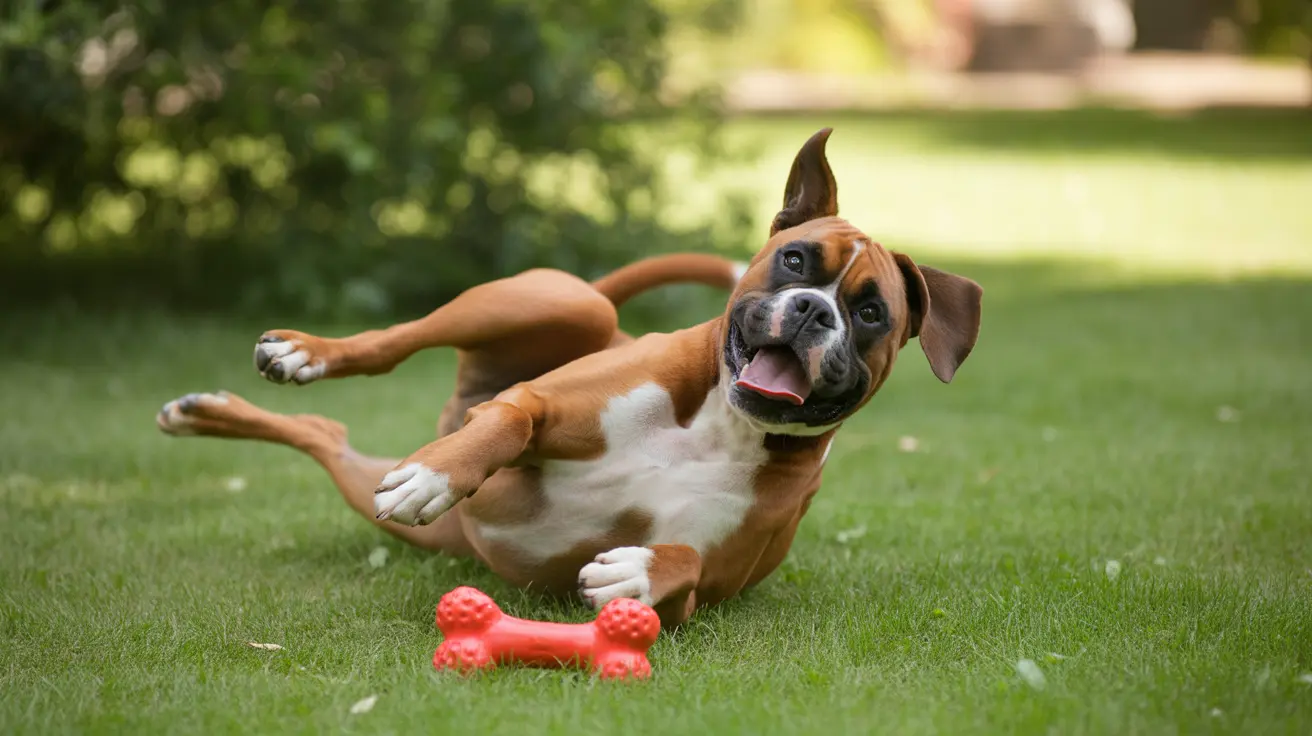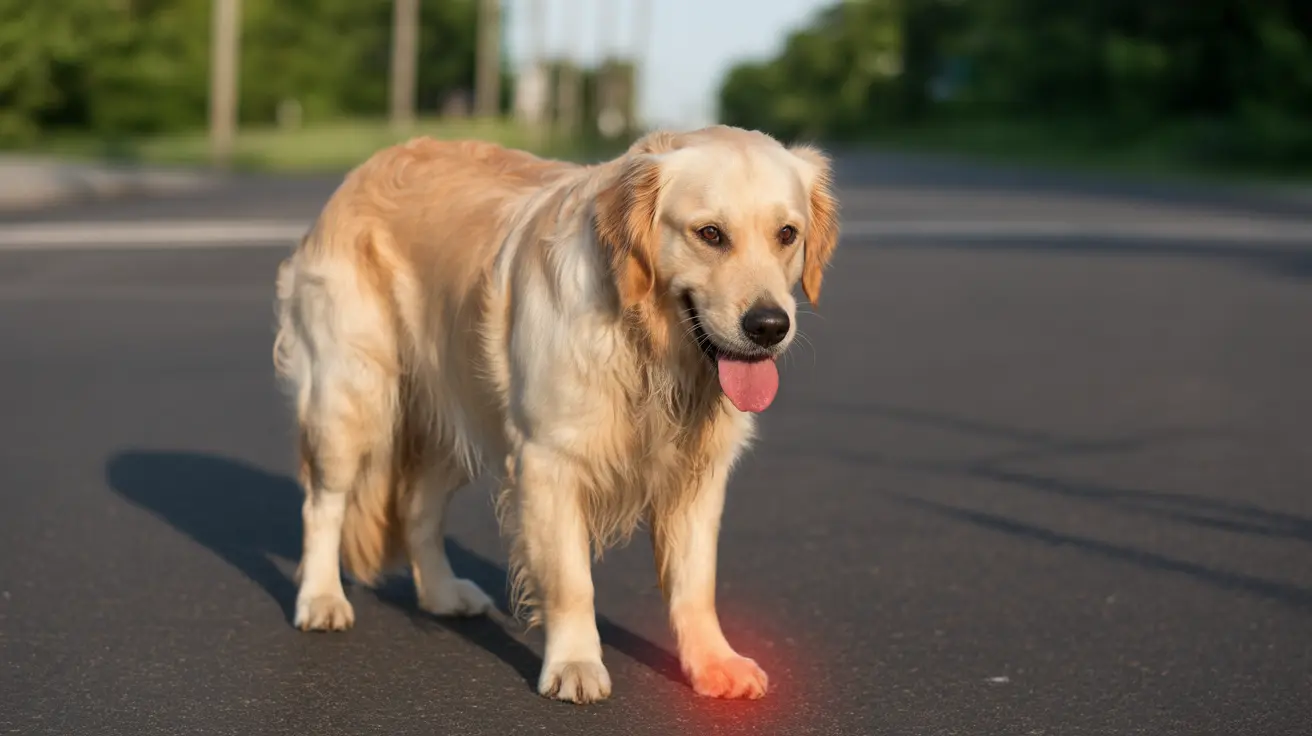The Four Types of Pitbulls Explained
The term "pitbull" often causes confusion due to its broad usage across multiple dog breeds that share similar ancestry, appearance, and characteristics. While not a formal breed on its own, "pitbull" generally refers to a group of breeds commonly associated with strength, loyalty, and a powerful build. Below, we explore the four main types of pitbulls, outlining their history, physical attributes, temperament, and care needs.
1. American Pit Bull Terrier (APBT)
Origin: Developed in 19th-century England by crossing Bulldogs with Terriers, designed for farm work and companionship.
Physical Traits: Medium-sized, muscular yet lean, weighing 30–65 pounds, standing 17–21 inches tall.
Temperament: Energetic, loyal, intelligent, and eager to please. Known for strong bonds with humans, especially children.
Care: Needs 1–2 hours of daily exercise and thrives with consistent training and structure.
2. American Bulldog
Origin: Originated in the United States from the Old English Bulldog, primarily used for work on farms.
Physical Traits: Large and muscular, with males weighing 75–100+ pounds and standing 20–27 inches tall.
Temperament: Confident, alert, and protective. Loyal to family but needs early socialization.
Care: Requires daily exercise and experienced ownership to manage its strength and dominance.
3. American Bully
Origin: Bred in the 1990s in the U.S. by combining APBTs with American Staffordshire Terriers and other bulldog-type breeds.
Physical Traits: Broad, muscular, and compact. Comes in five size categories: Pocket, Standard, Classic, XL, and Extreme.
Temperament: Bred for a gentle and friendly demeanor. Often called gentle giants.
Care: Moderate exercise needs, making them more suitable for less active households.
4. Staffordshire Bull Terrier
Origin: Originated in England as a small but muscular breed used for dog fighting and as a companion.
Physical Traits: Smaller and more compact, averaging 24–38 pounds and standing 14–16 inches tall.
Temperament: Courageous, affectionate, and reliable. Known for being good with children.
Care: Needs daily play and consistent training. Socialization is key to reduce reactivity.
Shared Characteristics Among Pitbull Types
- Muscular builds and compact bodies
- High intelligence and eagerness to please
- Strong jaws and a high prey drive
- Exercise-intensive lifestyle needs
- Protective yet affectionate nature
Training and Socialization
All pitbull-type breeds benefit immensely from early socialization and positive reinforcement training. Because these dogs can be dominant or reactive, establishing clear boundaries and proper behavior from an early age is essential. Enrolling them in obedience classes and exposing them to various environments, people, and animals can foster a balanced temperament.
Health and Lifespan
While generally healthy, each breed has common health concerns. For example:
- American Bulldogs: Hip/elbow dysplasia, skin issues
- APBTs: Allergies, heart disease
- American Bullies: Cardiac and skin problems
- Staffies: Joint issues, cataracts
Life expectancy generally falls within 10–16 years, depending on genetics and care.
Legal and Social Considerations
Many municipalities have breed-specific legislation (BSL) that affects pitbull-type dogs, often restricting or banning ownership. Housing and insurance policies may also impose limitations. Understanding and complying with local laws is crucial for responsible dog owners.
Responsible Ownership
Owning a pitbull-type dog demands commitment. These breeds do exceptionally well in loving, structured homes where their emotional and physical needs are consistently met. Regular vet checkups, proper nutrition, exercise routines, and social interaction are vital for making them well-adjusted family companions.
Conclusion
The four main types of pitbulls—American Pit Bull Terrier, American Bulldog, American Bully, and Staffordshire Bull Terrier—share common ancestry and physical traits but differ in temperament, history, and care requirements. Understanding these differences is essential to selecting the right breed for your household. With proper training, socialization, and love, pitbull-type breeds can offer years of loyal companionship and joy.





